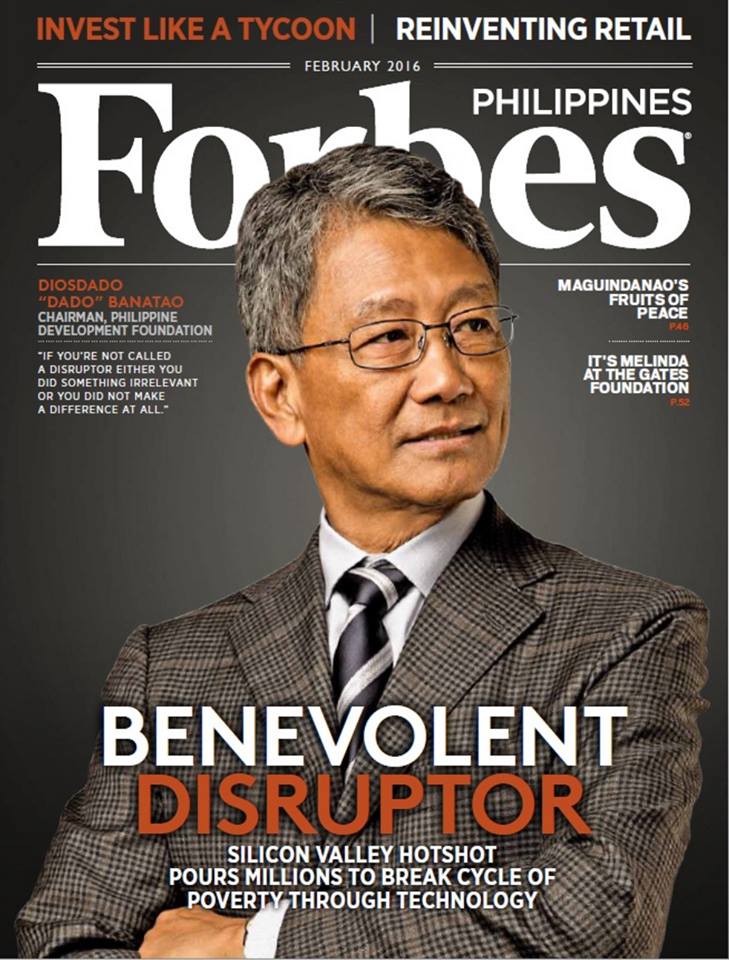Panguingue (also known simply as Pan) is a gambling card game that use to be popular in the Philippines and in the American Southwest including Las Vegas. It's a rummy type of card game that can involve several people in a single game. It is perhaps the most influential card game (or any game) to originate from the Philippines.
For all you Millennials out there, Tong-its and Pusoy dos were two card games that were very popular in the 1990s among Filipinos everywhere. It may not have crossed over to other people, but it was still an interesting phenomenon how fast and large it spread among all Filipinos especially among young adults and below. The games originate before the 1990s, but their popularity surged in the 1990s.


